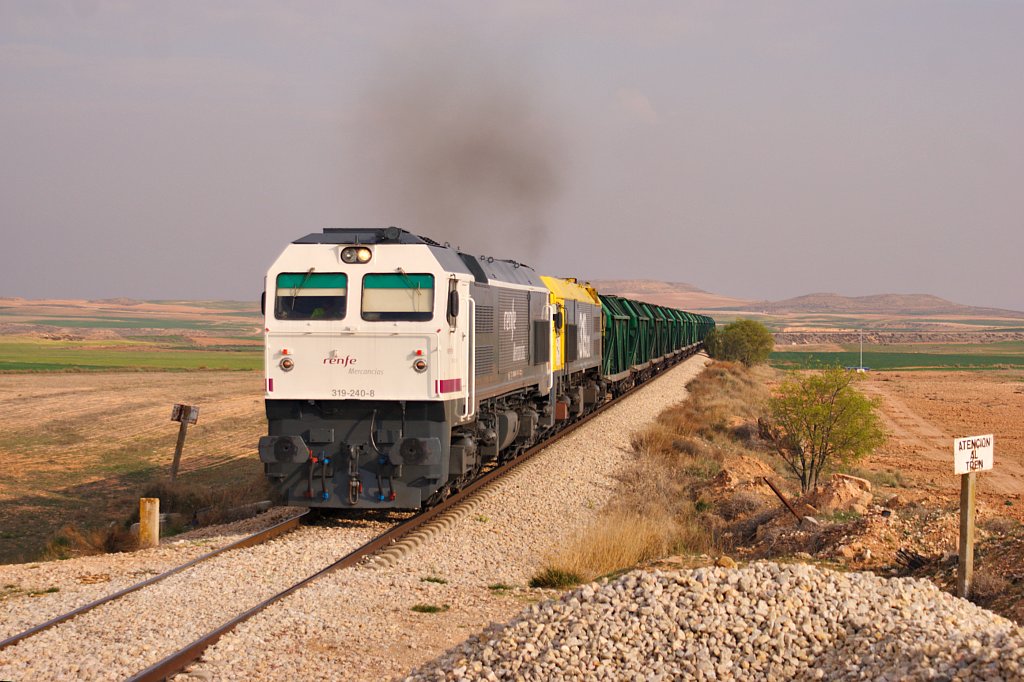Spanish association not happy with government’s rail freight strategy

The Spanish government published its Indicative Strategy for developing, maintaining, and renovating the railway infrastructure in December. However, the European Alliance Association for the development of Railway Corridors pointed out a series of deficiencies concerning the little attention paid to cross-border connections.
Moreover, the alliance highlighted the need for more specifics on the investments and the timetable of the Strategy. In addition, Salvador M. Galve, president of the Alliance, was quoted by various Spanish media saying that the Strategy came eight years late. According to an EU directive from 2012, Member States had to publish this strategy by December 2014.
No plan for trans-Pyrenean crossing
One of the main points raised by the Alliance is that the document does not analyse the scarcity of cross-border connections, considered to be one of the main bottlenecks in Spain. More specifically, the Alliance is asking for more attention to be paid when it comes to the new trans-Pyrenean crossing (TCP) between Spain and France. This border crossing is part of the Atlantic and Mediterranean corridors on the TEN-T network.
The Alliance is lamenting the fact that this project should be completed by 2050, but the Ministry of Transport has not even decided on a concrete plan for the infrastructure. If Spain wants to achieve its objective of reaching 10 per cent of the modal share of rail freight by 2030, the TCP project needs to be prioritised. This is especially true when considering that the number of passenger trains on the route have been increasing, subtracting further capacity for rail freight.
The Strategy is short-term and more specifics are needed
The Alliance has brought other problematic aspects of the Strategy published by the government. For example, it only covers four years, up to 2026, despite laws and directives impose that the Strategy covers at least five. According to the Alliance, in addition, an even better plan would cover the next ten years, or at least up to 2030, when the ten per cent modal share is planned to be reached.
Another issue pointed out by the Alliance is that there are no specific guidelines of how the 24,2 billion euros will be allocated. The Strategy does not specify which actions are expected, which ones should be prioritised and there is no calendar nor deadlines for the activities. The Alliance is therefore urging the Spanish and French governments, together with the EU to indicate which projects are more urgent and solve the deficiencies present in the Strategy.
Follow RailFreight.com on Google News and get the latest industry updates.
Also read:
- More investments before Spanish port gains rail access to Mediterranean Corridor
- Key section of Mediterranean Corridor almost ready for operations
- Renfe: 122 million euros to improve rail freight in Spain
You just read one of our premium articles free of charge
Want full access? Take advantage of our exclusive offer




